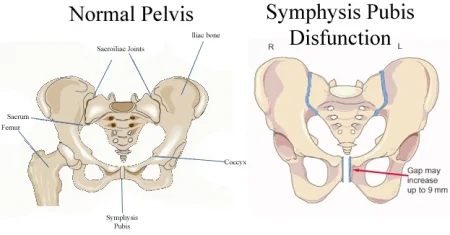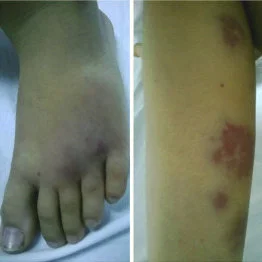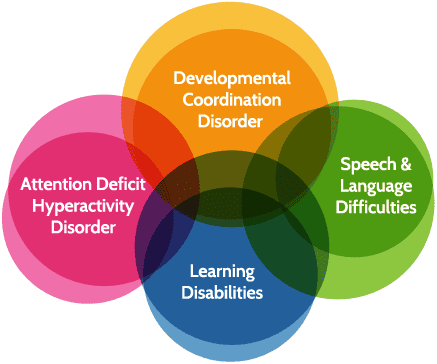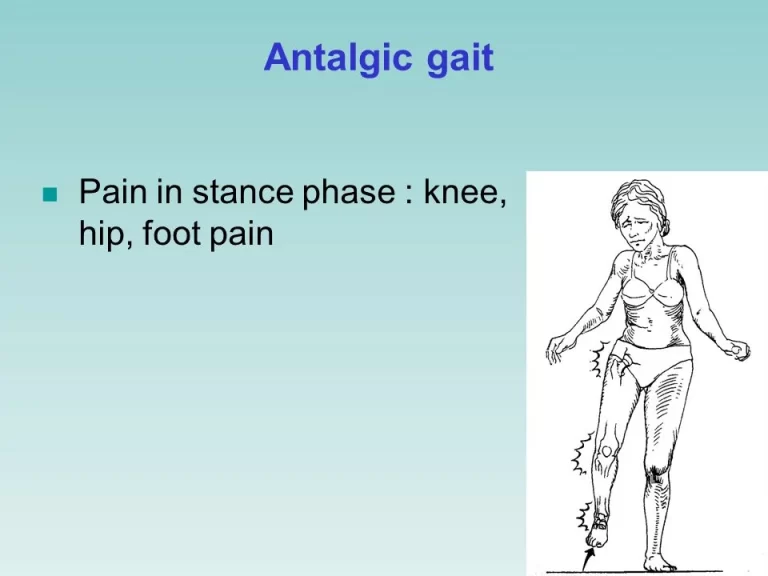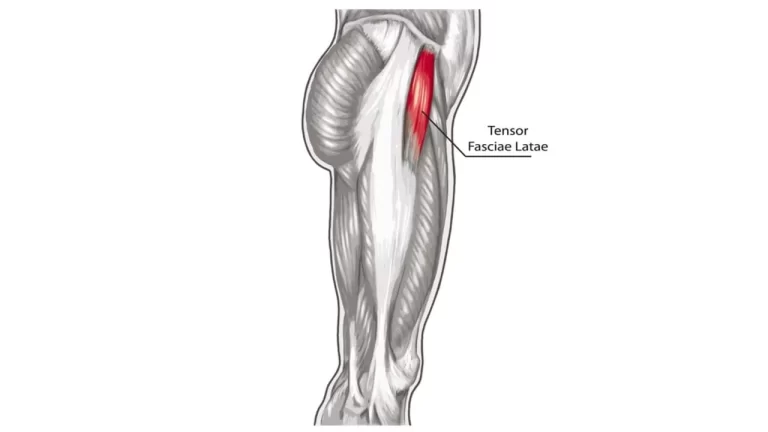Pubic Symphysis Dysfunction
Table of Contents
What is Pubic Symphysis Dysfunction?
Pubis symphysis dysfunction refers to symptoms you feel when the joint connecting your left and right pelvic bones (pubic symphysis) allows for more movement than usual. Ligaments hold the joint in place so that your pelvic bones aren’t able to move or switch past the point of comfort. During pregnancy, due to hormonal changes, these ligaments loosen, so that the joint incline is flexible enough for your pelvic bones to extend during delivery. All the extra movement in your pelvis area can be painful. The pain usually goes about after you’ve had your baby.
Who does it affect?
People who are pregnant are most possible to feel pain from this joint. If you’re pregnant, your pelvic area is allowed to pain during pregnancy, while you’re in labor, and after you’ve kept your baby. The pain can rise from the front of your pelvis, the back, or both the front and back. Your pelvis may even feel loose and unbalanced. Your prohibition has to be pregnant for this joint to feel painful. Sports injuries container cause you to jam or displace your pelvic bones around the joint area. The cartilage in this joint can wear added time (osteoarthritis) so that it’s less able to support your pelvic bones. Infections and inflammatory conditions (osteitis pubis) can damage the joint.
Causes of Pubic Symphysis Dysfunction
The most prevalent cause of SPD is pregnancy. It’s thought that SPD conditions up to 1 in 5 pregnant women to some stretch.
During pregnancy, hormones such as relaxin are released to disconnect the ligaments and muscles in your:
- hips
- stomach
- pelvic floor
- pelvis
This release is intended to increase your range of motion in sequence to help you give birth, but it also means that your joints can enhance unbalanced and more moving than they usually would be. This can occasion discomfort or pain.
Although this reduction is purposive to help with the birth, sometimes you can start producing these hormones in early pregnancy. You can incident the symptoms of SPD long before it’s time to give birth.
The baby’s weight and position are also considered to affect pelvic pain. The symptoms of SPD tend to reduce as the pregnancy progresses.
It’s much less common for SPD to be outside of pregnancy, but it does happen. Other sources of SPD range from pelvic conclusion to conditions like osteoarthritis. In some cases, there’s no studied cause.
Symptoms of Pubic Symphysis Dysfunction
Your pain depends on weight and pressure gets appropriated throughout your body. The process you move your body can make the pain better or worst. If you’re pregnant, the weight of the embryo or multiple fetuses can put pressure on the joint, and executing it hurt more. Often, the pain gets more major and attached you are to delivery.
You may feel:
- Mild discomfort.
- Sudden, shooting pain is expected from the front or back of your pelvis.
- Steady pain radiates all around your lower abdomen, back, groin, perineum, thigh, and leg.
Certain movements may create the pain worse:
- Walking (you can notice a clicking sound when you walk).
- Bending forward.
- Going up or down stairs.
- Adjusting yourself in bed.
- Getting in and out of the car.
- Standing on one leg or elevating a leg.
- elevate yourself out of bed or out of a chair.
Symptoms more than pain can show up, too:
- Having a disorder of peeing or pooping.
- Feeling exhaustion that doesn’t have a clear source.
- Hearing a clicking or grinding sound between your pelvis.
The pain and discomfort can take due to your mental health. It may present symptoms connected with afterbirth depression after your baby’s born. It’s a good idea to talk to your source about behavioral health support if you’re experiencing symptoms related to depression.
Diagnosis
Your Doctor will ask about your medical history to know if you’re pregnant or if you’ve past history of trauma that could have damaged your pubic symphysis joint.
Your provider can do a physical exam to check for tenderness, pain, or swelling. Your doctor may test to see how easily you can produce certain movements.
Your provider can take an adjoining look at your pelvis joint via ultrasound, CT scan, or X-ray. If you’re pregnant, your provider will prescribe a visualizing procedure that’s safe for the fetus.
Your provider has a different process to tell even if or not you have symphysis pubis dysfunction.
Complication of Pubic Symphysis Dysfunction
SPD isn’t medically harmful to your baby, and most women with the condition are unmoving and able to deliver vaginally. However, chronic pain can lead to sorrow or even depression, which is sometimes thought to negatively affect your baby.
Although the symptoms of SPD don’t tend to disappear completely after you’ve given birth, there are lots of effects that are maybe done to minimize your pain. That’s why it’s important to be after help.
- drag your weight on only one leg
- twisting and bending while lifting
- carrying a child on your hip
- crossing your legs
- sitting on the floor
- sitting in a twisted position
- standing or sitting for a long period.
- lifting heavy loads, similar to wet laundry, shopping bags, or a toddler
- vacuuming
- pushing heavy objects, such as a shopping transfer
- carrying anything in only one hand
Treatment of Pubic Symphysis Dysfunction
The pain you’re feeling in your pelvis will mostly relieve within a few weeks after your baby is born. Once your body stops prompt relaxin, your ligaments tighten again, and the joint moves less. In the meantime, you and your doctor can decide on the best process to manage your pain. Some options include:
- Taking over-the-counter drugs.
- Wearing comfortable shoes.
- Position an ice pack on your pelvic area.
- Sleeping with a pillow is your legs.
- Wearing a pregnancy belt (pelvic support belt).
- Squeezing your legs together during you’re getting out of your car.
Getting care that’s adapted to your body can assist manage symptoms. Your distributor may indicate that you see a physical therapist, chiropractor, acupuncturist, or massage to relieve stress and strain in your body. Your provider may instruct you on stretches and exercises that will help you protect your pelvic area and support it with stability. Keep in mind that the exercises you do during pregnancy may be various from the ones your source recommends after pregnancy.
When you feel pain, it’s natural to move variously to try and get relief. It’s easy to overcorrect, though, and locate too much strain on other joints in the process. Your provider can lead you through approaches to relieve pain without injuring other joints.
Physical therapy Treatment:
- Support relieves the discomfort while making certain better movements during pregnancy and can include stretches, exercises, and manual therapy, including massages.
- Your physical therapist can assist you to perform certain stretches to lower the pain, facilitate mobility and strengthen the muscles, mostly the muscles of the spine, abdomen, and pelvis.
- They may suggest hydrotherapy, where you do the exercises in the water. Being in the water can take stress-free of your joints and allow you to move more easily.
- A physiotherapist can provide manual therapy to secure that the joints in your pelvis, spine, and hips move normally. They’ll also be able to give you exercises to strengthen the muscles in your pelvic floor, back, stomach, and hips.
- The physiotherapist can help you perform exercises and teach exercises at home, similar to core stability exercises, pelvic floor strengthening exercises, pelvic tilts, and back and interior thigh stretches.
Lifestyle changes:
- Avoid dynamic exercises, lifting or pushing heavyweights
- Do not stand or sit for longer times.
- Walk gently and catch smaller steps while walking.
- Do not restrict all activities, and try to be as awake as possible within your pain limits.
- Avoid sitting cross-legged or placing more weight on one buttock while seated or on one leg while standing or moving around.
- Avoid squatting or sitting on the floor.
- Try using a pregnancy pillow period lying down or sleeping, or you may put a normal pillow between the legs or under your baby bump.
- Keep your knees together as you twist or get out of bed or the car.
- Do chores, such as cooking, ironing, or getting dressed, while you are sitting relatively than standing.
- Avoid bending and twisting movements.
- Avoid carrying any weight on one hip.
- Avoid activities that cause pain.
- Try holding one step at a time while moving up and down the stairs.
- Warm or cold fomentation:
- Applying a warm or cold pack to the pubic area can provide relief. Avoid applying very hot packs or applying them for too long at one time (more than 10 minutes).
- Supportive equipment or belts:
- These include using crutches or pelvic support belts to ease the discomfort, mostly while moving around.
Back Care
Avoid activities that situate undue strain on the pelvis (squatting, strenuous exercises, prolonged standing, lifting and carrying, stepping over things, twisting movements of the body, vacuum cleaning, and stretching exercises)
The women are allowed to remove the lumbopelvic belt just during sleeping.
Exercises
Various methods of exercise for the hip can help:
Aerobic exercises
Rapid walking with a medium intensity
Defined as 64 to 76% of maximal heart rate
Since 25 minutes per day and 3 days per week
Stretching exercises:
Hamstring, inner thigh, side waist, quadriceps with back stretch
As two times per day and three times per week
Duration of each time: 10 to 20 seconds
Strengthening exercises:
Forward bending, diagonal curling, upper body bending, leg elevations, associated with kegel exercises, and pelvic tilt are unusual to the patients.
For 3 to 5 times per each exercise season for both sides of the body while performing 2 exercise bouts per day and 3 days per week
Duration of each time: 3 to 10 seconds.
Pelvic floor exercises (Exercises for Lumbar Instability)
Early pregnancy: to decrease the risk to develop SPD
Deep abdominal exercises: to increase core stability and to avoid women to develop pelvic or back pain during pregnancy
Perhaps progressed by starting off with a small number of repetitions and progressively increasing the seconds to hold on to a contraction
M. transverses abdominous is a major muscle during the contracts, we can see a synergistic activation of the pelvic floor.
Stabilization/core stability exercises:
Aimed at improving motor control and stability through improving force termination of the pelvis
Initially: contraction of the transverse abdominal muscles
Specific training of the deep local muscles appreciates the transverse abdominal wall muscles with co-activation of the lumbar multifidus in the lumbosacral region.
Training of the superficial global muscles
The exercises increase circulation in hip rotator muscles.
Many repetitions during low pressure in a limited range of motion
Side-lying position with a pillow connecting the legs or sitting without foot support.
Other therapies
Although ability is not yet effective, other adjunct therapies include:
- Acupuncture
- TENS
- Ice
- External heat
- Massage
- Pelvic Floor Muscles
Summary
SPD keeps occurring associated now an assemblage of signs and symptoms of discomfort and pain in the pelvic place, comprehensive of pelvic pain radiating to the upper thighs and perineum. It is canister be investigated by palpation, provocation tests, and a waddling gait, moreover, continuous pain during activities can predict pubic symphysis dysfunction. Also, MRI can distinguish this condition.
In the latest literature, we notice that SPD is treated in a lot of procedures. First, there is birth planning, in this regard several criteria could help avoid this condition. Giving information about the condition itself could be used so that the patient knows what can be done and what is not. Exercise is more an important aspect, where aerobic, strengthening, pelvic muscle floor, and stabilization exercises are combined. Other therapies like acupuncture, TENS, ice, external heat, and massage are also done but their efficiency has not yet been proven. During and after pregnancy symptomatic treatment is perhaps given, this is to limit the pain and is always with physical therapy.
FAQs
Pubic symphysis joint pain is a frequent incident by moving the legs isolated, related to obtaining in and out of a car, climbing out of bed, rolling in bed, or going up and down stairs. Standing up from prolonged sitting, extremely on a soft couch, is another well-known trigger.
A diagnosis is always made symptomatically e.g. after pregnancy but imaging is the narrow procedure to support diastasis of the symphysis pubis. Radiography, adore an MRI (magnetic resonance imaging), x-ray, CT (computerized tomography), or ultrasound, is obsolete knowing to confirm the separation of the symphysis pubis.
Symphysis pubis dysfunction is necessary for discomfort at the back or front of the pelvic joints. It can usher to difficulty walking and significant discomfort. The related common cause of SPD is pregnancy. Treatment assist decrease pain and improve mobility.
Taking over-the-counter drugs.
Wearing comfortable shoes.
Placing an ice pack on your pelvic corner.
Sleeping with a pillow between your legs.
Wearing a pregnancy belt (pelvic support belt).
Squeezing your legs together although you’re getting out of your car.
SPD Risk Factors During Pregnancy
Anyone can progress SPD, but certain phases increase your risk. According to involves previous trauma to the pelvis, owning a large baby, a history of symphysis pubis dysfunction, and inordinate weight gain.
If you have SPD pain, it can help to avoid:
Putting your weight on one leg.
Twisting movements or movements involve spreading your legs.
Lifting and pushing heavy items.
Sitting on the floor or in a bending position (with your legs crossed).
Standing or sitting for long periods.
Vacuuming.
SPD doesn’t directly influence your baby and whilst it may source your labor to be a little more difficult, especially if you’re undergoing vaginal delivery, it isn’t known to cause early labor.
The long-term effects of untreated SPD can include:
Difficulty developing and maintaining significant interpersonal relationships.
Academic or occupational failure.
Unemployment.
Social isolation.
Drastically low self-esteem.
Suicidal thoughts and behaviors.
Sleep on your side with a pillow connecting your knees and bent legs. This lightens the burden of your pelvis and also supports your baby as they grow.
Many factors go into both a child’s and an adult’s ability to improve and manage their SPD and the effect it has on their life. Some elements are apparent: a safe and supportive home life, proper nutrition, satisfactory sleep, early identification, and appropriate intervention.

